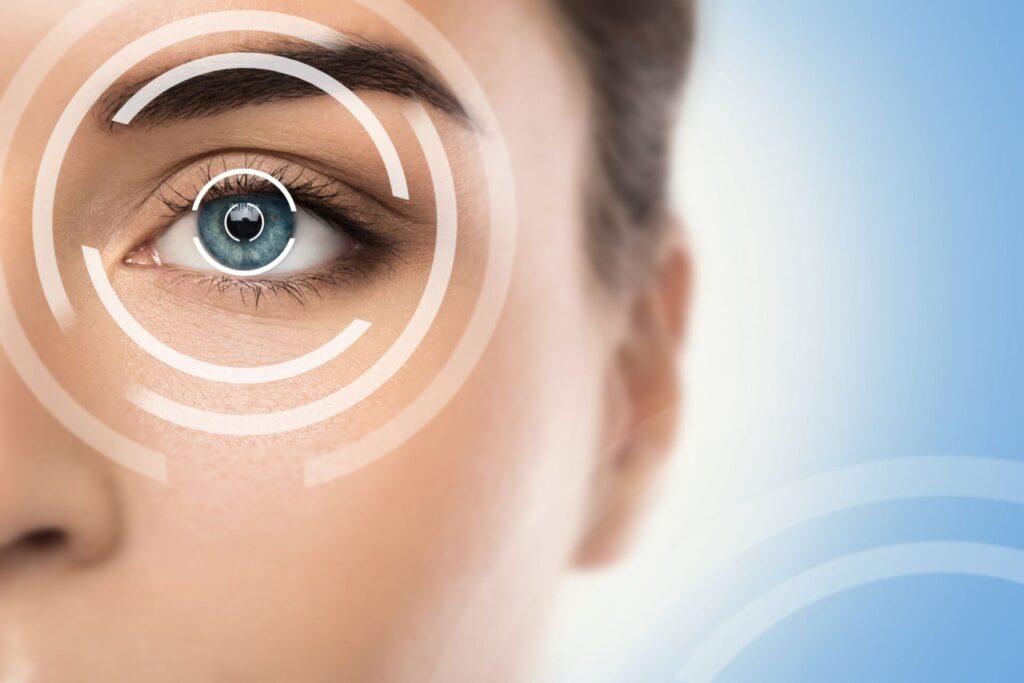
Innovations in LASIK: Spotlight on LAL Eye Surgery
The procedure done in Discover Vision for example aims to correct refractive errors (myopia, hyperopia, astigmatism, and presbyopia) to reduce or eliminate the need for glasses and contact lenses. The surgery can be done by applying different surgical techniques. T
he most used are LASIK, lal eye surgery and PRK. Preoperative evaluation is very important in determining the ideal conditions to obtain an ideal result in the surgery. The patient’s expectations must be clearly determined and clarified, and he must be aware of the rare complications that may occur.
It is the most used technique in the world for laser grade correction, both for myopia and hyperopia, astigmatism, and some presbyopia cases. An ultrathin cut is made in the anterior layer of the cornea, which allows the laser to be applied to its inner layer. Therefore, there is less surface area to heal, less postoperative discomfort, and visual recovery is usually quick.
Procedure
After the eye has been numbed with eye drops, a special device (blephar) is placed between the eyelids to stop you from blinking. Then, a disk is created, a small cut in the anterior layer of the cornea, with the help of a microkeratome device. The disk is lifted before the laser is applied, which is used to sculpt the cornea. During this process, you may feel a little pressure in your eye.
As your cornea is reshaped, you must look directly into the Excimer Laser pilot light. As with PRK, the laser makes the cornea flatter to treat nearsightedness, more curved to treat farsightedness, or more spherical for astigmatism. The disk is then repositioned without the need for stitches.
What Is PRK?
In PRK, the degree correction is performed by applying the laser to the cornea’s surface. This treatment is indicated for patients with thinner, asymmetrical corneas or who are generally younger. It is a very safe technique, but visual recovery is slower. In the postoperative period, it is essential to avoid exposing the eyes to the sun for 1 year after surgery.
How Does The Procedure Take Place?
After the eye has been numbed with eye drops, a special device (blephar) is placed between the eyelids to stop you from blinking.
Next, the surgeon will remove the epithelium, a thin layer that covers the cornea. During surgery, you will stare at the Excimer Laser pilot light. The laser will remove microscopic amounts of corneal tissue while sculpting the cornea’s surface for about a few seconds. By changing the shape and incidence, the laser beam makes the cornea flatter to correct myopia, more curved to correct hyperopia, and more spherical to correct astigmatism.
After the PRK, the surgeon will place a therapeutic contact lens, which will be removed within 5 to 7 days.
